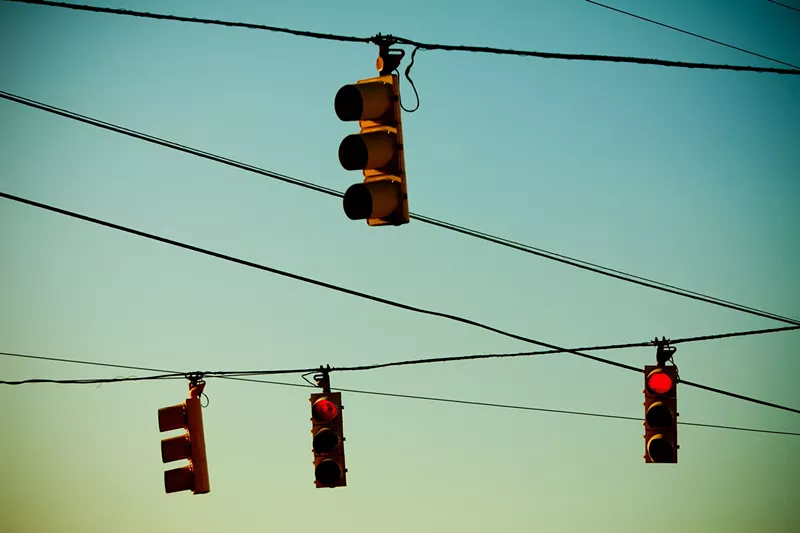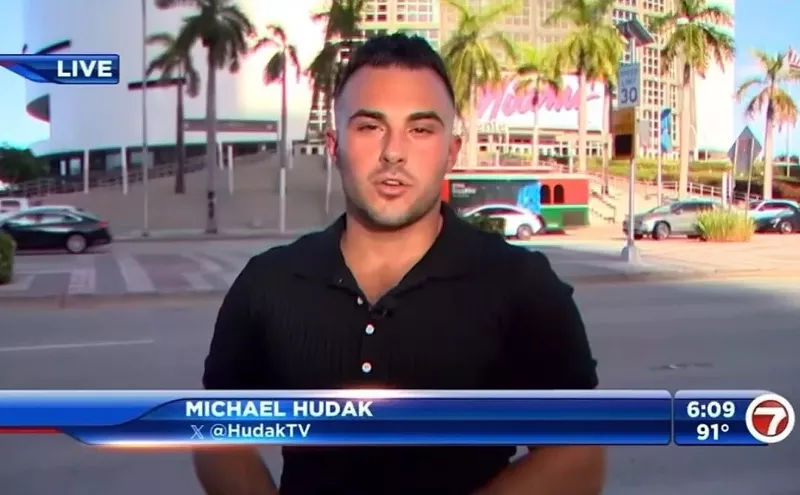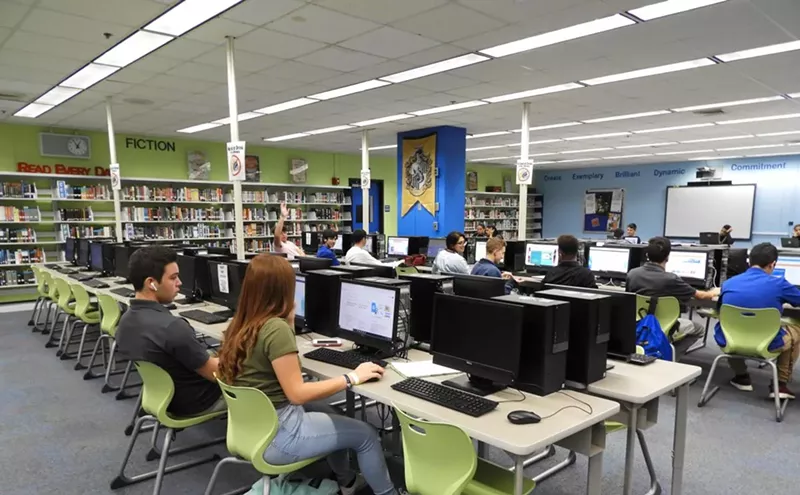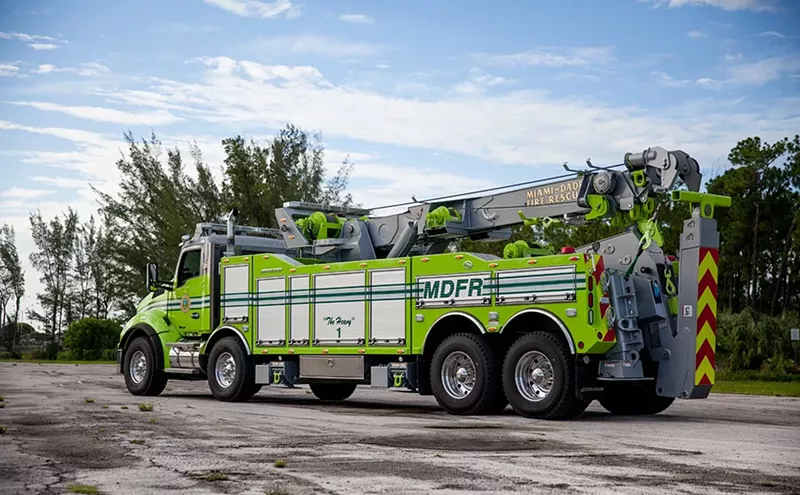"Once we got back to normal and the lights were still not fully functional, it was mayhem," says Miami-Dade County Commissioner Daniella Levine Cava. "Traffic is such major problem here that not having traffic lights only compounds the problem."
Levine Cava has an idea how to prevent that chaos after the next hurricane: Solar-powered traffic lights or, at the least, backup generators for signals. Levine Cava has written a resolution asking the county mayor's office to study how much that move might cost.
"We lost power at more than 1,900 intersections and it took many days to get them all back on line," she says. "Solar traffic lights could make us more resilient to storms, saving us money, protecting the motoring public, and ensuring our police can fight crime instead of direct traffic."
The technology to power traffic lights using the sun has been around for several years, with solar-powered traffic signals already installed in cities in Zimbabwe, Pakistan, India, and Russia. But for whatever reason, the U.S. has been slow to adapt. After Irma, Coral Springs was one of the only Florida cities to embrace the technology, using 13 temporary solar-powered signals to keep traffic moving:
Temporary solar traffic signals have been placed at intersections to ensure your safety. If no traffic signal, use as a four-way stop. pic.twitter.com/FdaG9IQwlt
— Coral Springs Police (@CoralSpringsPD) September 11, 2017
Instead, most traffic lights are powered by the electrical grid, which is obviously a problem in a power outage. Some cities and counties have backup generators for their traffic signals, but those need to be regularly maintained and can even be a target for thieves. After two men stole generators powering traffic lights in Davie following Irma, it was only a matter of minutes before a crash was reported at one of the city's biggest intersections.
In addition to finding backup power for traffic signals, Levine Cava is also working on a resolution that could require backup power for cell phone towers located within Miami-Dade limits.
"It seems that we didn't treat cellular service as infrastructure to the same extent that we did electricity," she says. "Cell phones are basic infrastructure like electricity and water and need to be treated as such."













